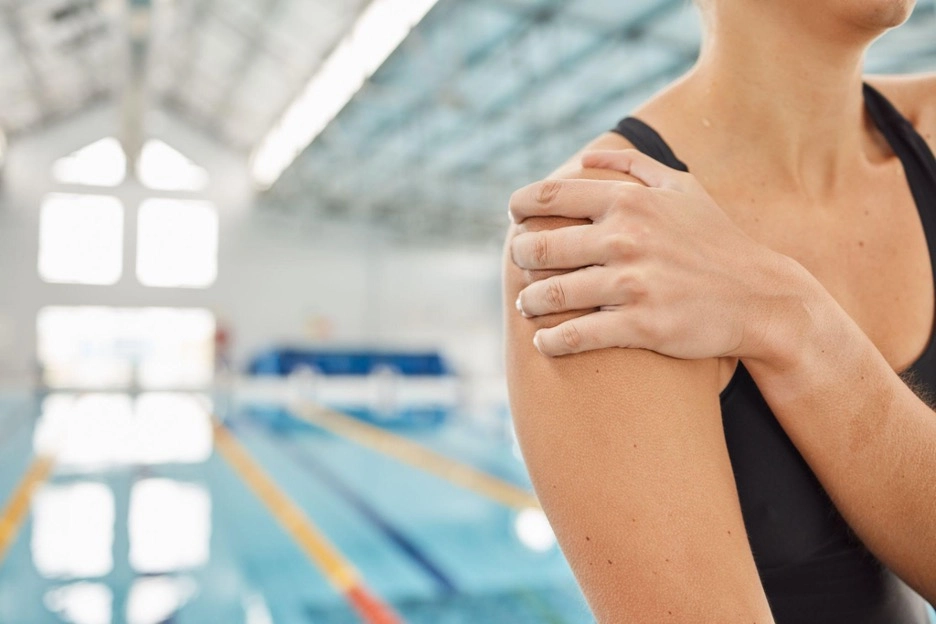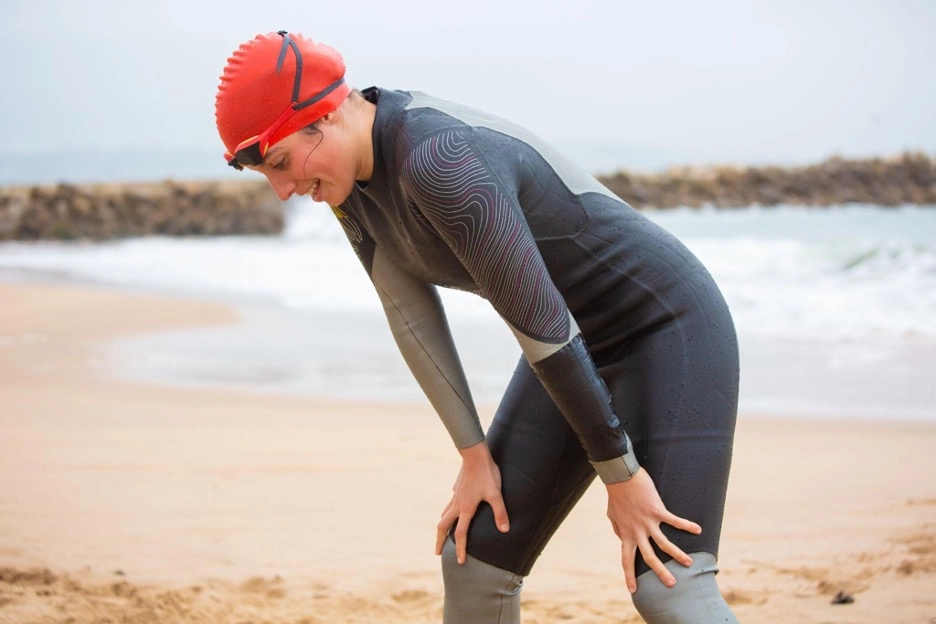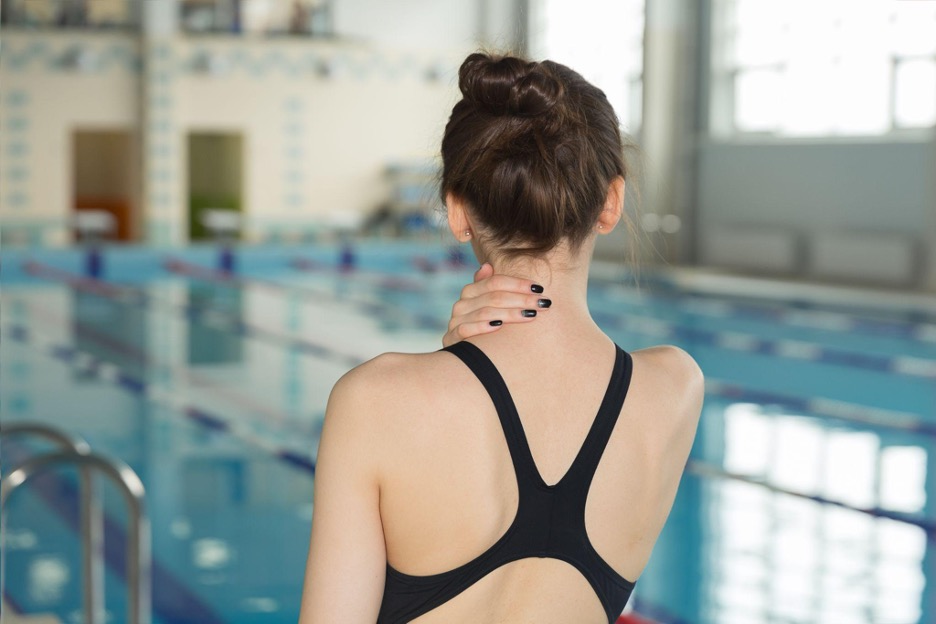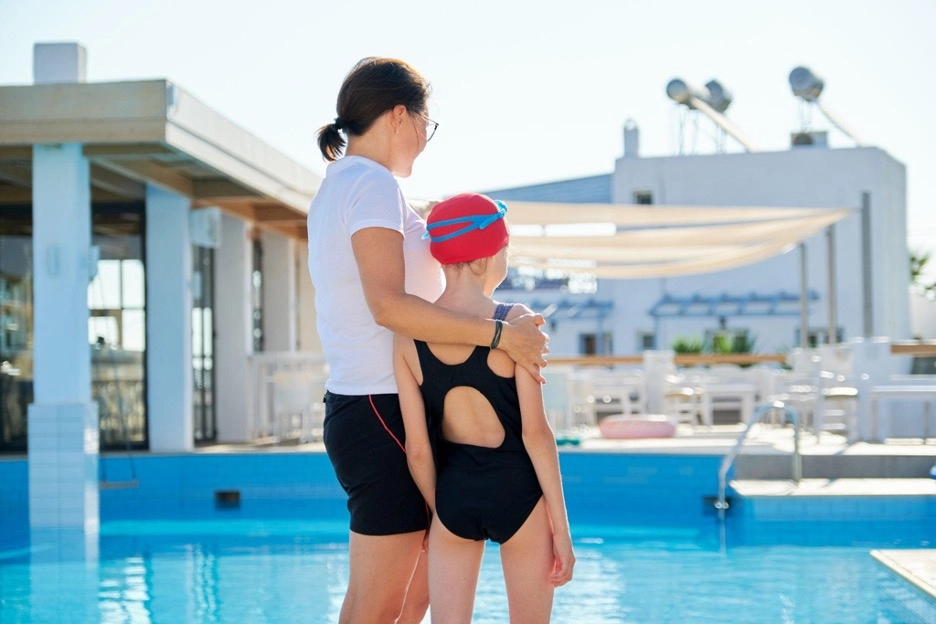





Swimming is one of the most popular sports in the world. It's a full-body workout, it's easy on the joints, and it's a life-saving skill. But what many people don't realise is that swimming comes with its own set of injury risks. Just because you're in water doesn't mean you're immune to strain and overuse.

At Aqua Artist Swimming School, we believe that smart swimmers are safe swimmers. We don't just teach strokes. We teach awareness, technique, and how to keep your body healthy and strong for the long haul. In this blog, we'll break down the five most common swimming injuries, explain how they happen, and give you clear, actionable tips to prevent them. We'll also talk about the role parents and coaches play, and how a strong support system helps swimmers succeed. Ready to dive in?
Want to check what’s discussed in the blog at a glance? Here’s a list:

Swimmer’s Shoulder is one of the most frequent injuries in the sport. It happens when the tendons in your shoulder become inflamed from the constant, repetitive overhead motion of swimming. If not addressed on time, it can turn into a chronic issue.
Why does it happen?
When swimmers use poor technique or swim too many laps without proper rest, the shoulder joint starts to wear down. Over time, this leads to inflammation and pain, especially during strokes like freestyle, butterfly, or backstroke.
How to prevent it?

This injury affects swimmers who do a lot of breaststroke. It involves pain in the inner part of the knee, often caused by the whip-like motion of the breaststroke kick.
Why does it happen?
The repetitive outward movement in the kick can put too much pressure on the knee joint, especially if the swimmer doesn’t have good hip flexibility or strength.
How to prevent it?

Neck strain is common in swimmers, especially in freestyle and butterfly. It usually happens when your head and neck are not in the right position while swimming.
Why does it happen?
When swimmers breathe to the same side every time or lift their head too high out of the water, they overuse one side of their neck. Over time, this can cause your neck to be sore or feel tight.
How to prevent it?

Lower back pain in swimmers often comes from overextending the spine, especially during butterfly strokes or underwater dolphin kicks.
Why does it happen?
When swimmers arch their backs too much, especially during streamlines or flip turns, the lower spine takes on extra pressure. If you have weak core muscles, they can make it even worse.
How to prevent it?

Swimmer’s ear is an outer ear infection resulting from water that stays in your ear after swimming. This moist environment is perfect for bacteria to grow.
Why does it happen?
If you don’t dry your ears properly after swimming, or if you swim in dirty water, you're more likely to get this infection.
How to prevent it?
Even though these five are the most common, there are a few other injuries you should be aware of :
1. Elbow and wrist pain from poor hand entry or catch technique.
2. Hip flexor strain from repetitive dolphin kicks.
3. Foot cramps due to over-pointing toes or dehydration.
Swimming well isn’t just about pushing yourself harder. It’s about training smarter. Here’s how :
Always make sure your form is clean. Don’t just swim for distance or speed. Have your coach give you regular feedback, and use video analysis to see what you can improve.
Before getting into hard sets, always start with a light swim and stretching. After your swimming lesson, do some slow laps and static stretches. It helps your muscles recover faster.
Core workouts, strength training, yoga, and stretching outside the pool are essential. Your swimming trainers will help you on learning these dryland exercises as they protect your joints and make you a stronger swimmer.
Eat well, stay hydrated, and get plenty of sleep. These are just as important as your workouts, as recovery is where your body grows stronger.

To prevent injuries, make sure to swim in supervised areas, preferably with lifeguards present. Never swim alone in a pool, lake, pond, or ocean.
Not all pain is normal. If you notice any of these signs, it might be time to see a sports doctor or physiotherapist:
At Aqua Artist Swimming School, we believe that swimming should be safe, fun, and empowering. Our expert coaches go beyond the basics. We focus on technique, injury prevention, and building strong swimmers for life. Because when you swim with the right technique, take care of your body, and stay alert to early signs of trouble, you not only avoid injuries but improve your performance.
Join Aqua Artist today and get a free swim assessment. Discover how our program can help you or your child become a confident, injury-free swimmer.
Stay safe, swim smart, and enjoy every moment in the water!